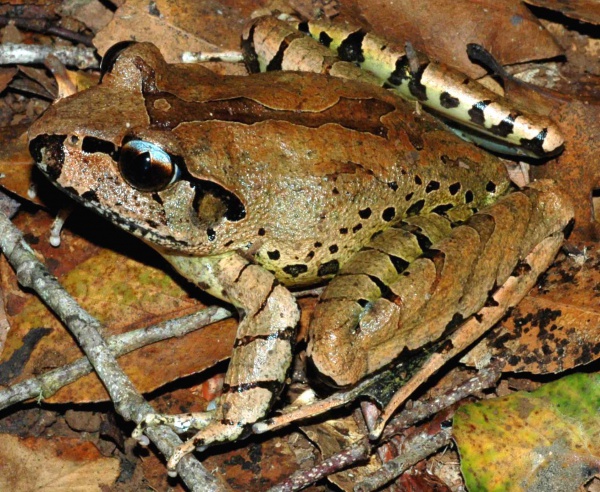Facts About Queensland Barred Frog
Fleay's barred frog is a notable species found in the rainforests of northern New South Wales and southeastern Queensland, Australia. This sizeable amphibian has a somewhat fragmented distribution, ranging from the Conondale Range in Queensland to Yabbra Scrub in New South Wales. While it primarily thrives in rainforests above 400 meters, it can also occasionally be found in some lowland areas.
The species has experienced substantial declines in many parts of Queensland since the 1970s. Currently, it is known to inhabit specific regions in both Queensland and New South Wales.
Fleay's barred frog is moderately large, growing up to 90mm in length. It features a light brown coloration with darker blotches and distinct body markings. These frogs are typically found near flowing streams and creeks in rainforest habitats. During the breeding season, males produce distinctive calls, and eggs are laid in nests situated in shallow, flowing water. The tadpoles are quite large and take about 200 days to undergo metamorphosis.
The conservation status of Fleay's barred frog is critical; it is listed as Endangered on both the IUCN Red List and under Queensland's Nature Conservation Act 1992. The primary threats to this species include habitat loss and fragmentation, which have significantly contributed to its decline.
Fleay's barred frog belongs to the Mixophyes genus and shares similarities with other frogs such as the stuttering frog, the great barred frog, and the giant barred frog, with differences mainly in physical characteristics such as mottling and eye color. Assessing the extent of the decline in Fleay's barred frog populations has been challenging due to the lack of extensive historical data on their abundance at specific sites.
